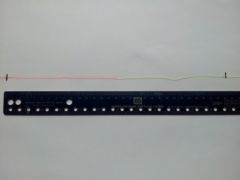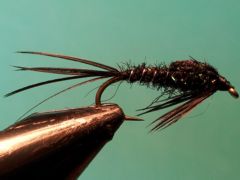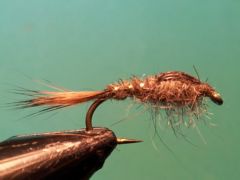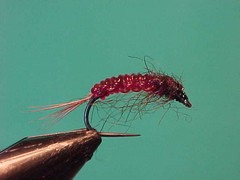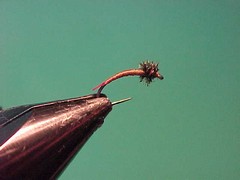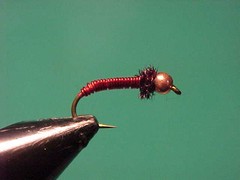2019 trout river season – almost upon us
Because the 2019 trout river season due to open across our eastern states I have started a review of my various fly boxes that will come in to play. For me My “trout” river wet fly box is the most important fly box in the open season so that has been my first fly box reviewed. These are the changes I have made:



